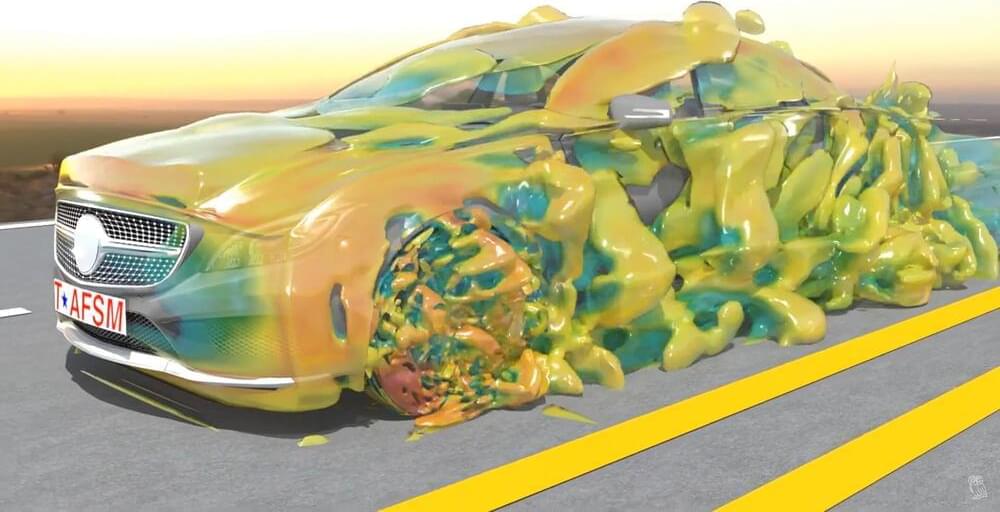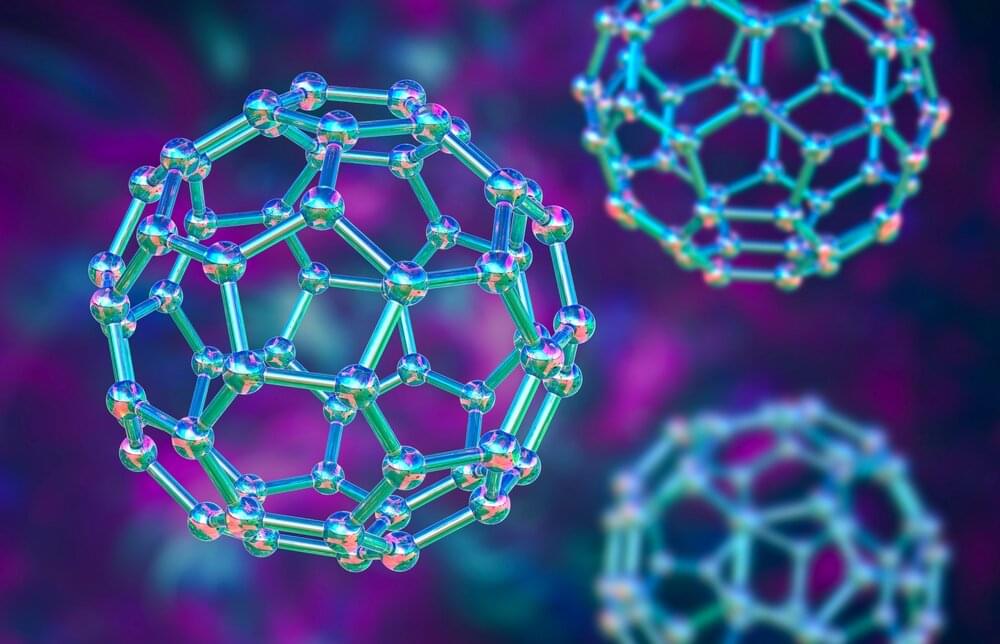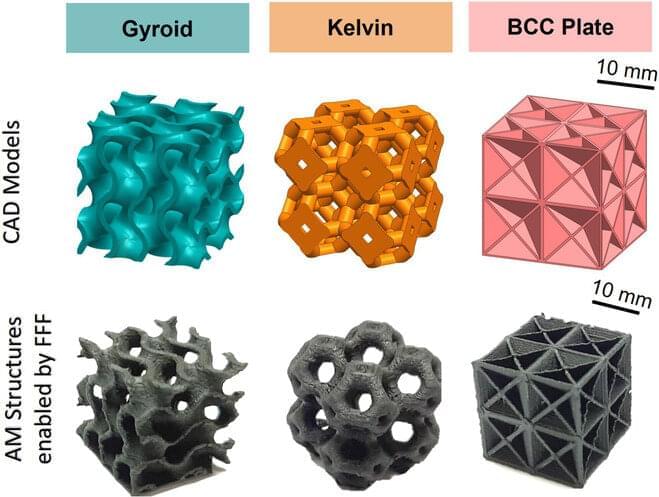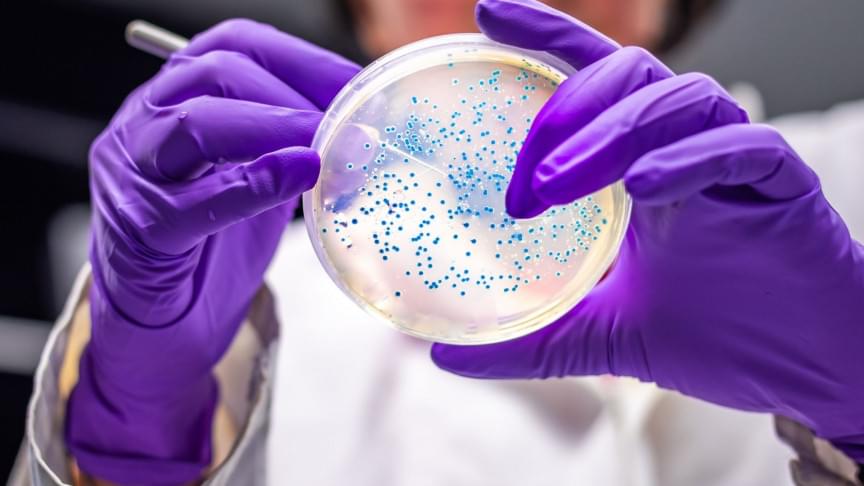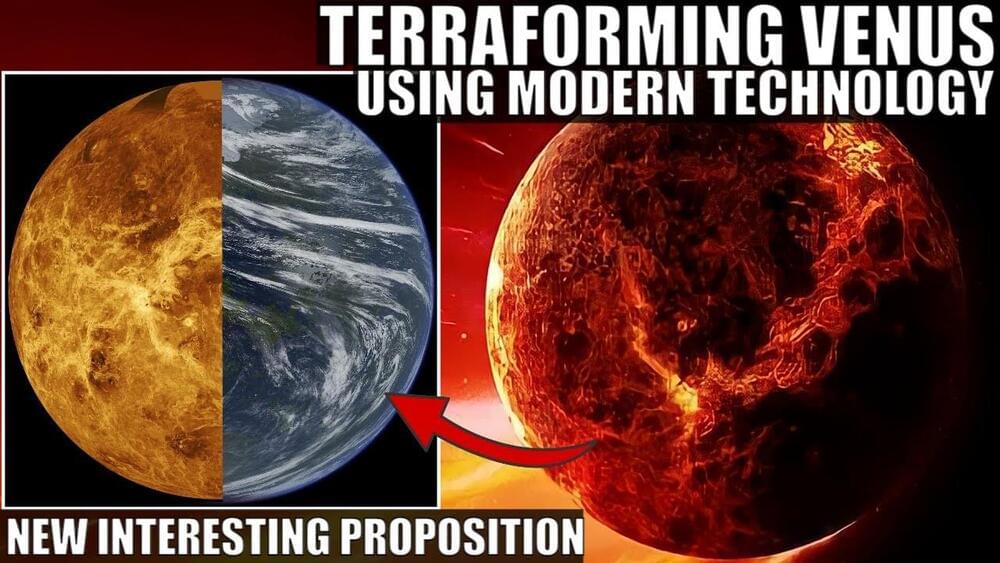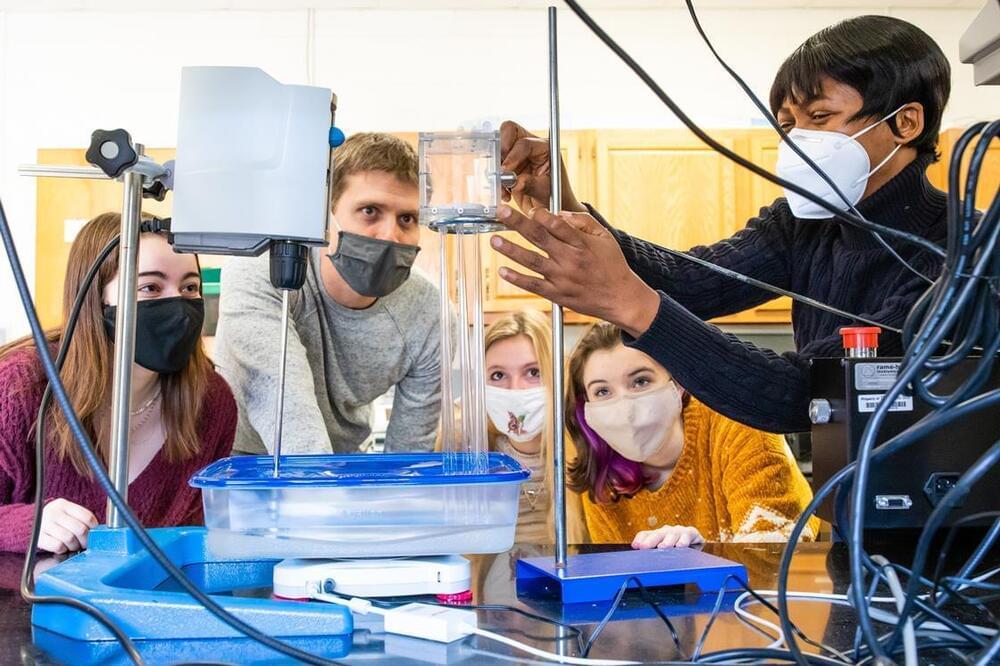May 13, 2022
Revolutionary New Qubit Platform Could Transform Quantum Computing
Posted by Saúl Morales Rodriguéz in categories: engineering, quantum physics, supercomputing
The digital device you are using to view this article is no doubt using the bit, which can either be 0 or 1, as its basic unit of information. However, scientists around the world are racing to develop a new kind of computer based on the use of quantum bits, or qubits, which can simultaneously be 0 and 1 and could one day solve complex problems beyond any classical supercomputers.
A research team led by scientists at the U.S. Department of Energy’s (DOE) Argonne National Laboratory, in close collaboration with FAMU-FSU College of Engineering Associate Professor of Mechanical Engineering Wei Guo, has announced the creation of a new qubit platform that shows great promise to be developed into future quantum computers. Their work is published in the journal Nature.
“Quantum computers could be a revolutionary tool for performing calculations that are practically impossible for classical computers, but there is still work to do to make them reality,” said Guo, a paper co-author. “With this research, we think we have a breakthrough that goes a long way toward making qubits that help realize this technology’s potential.”


